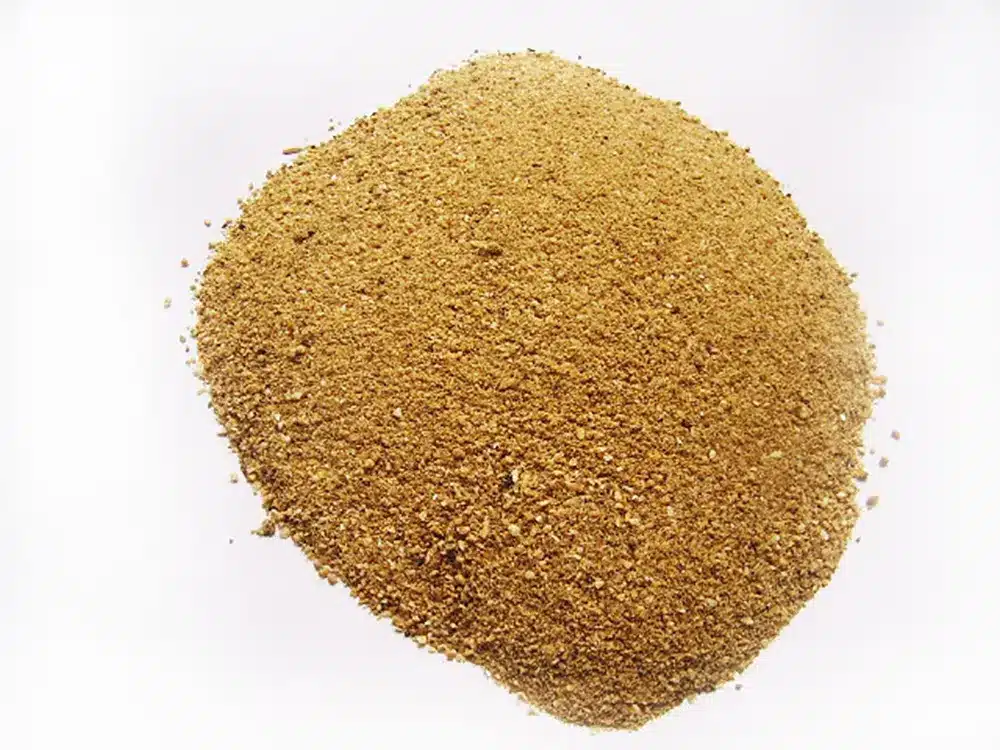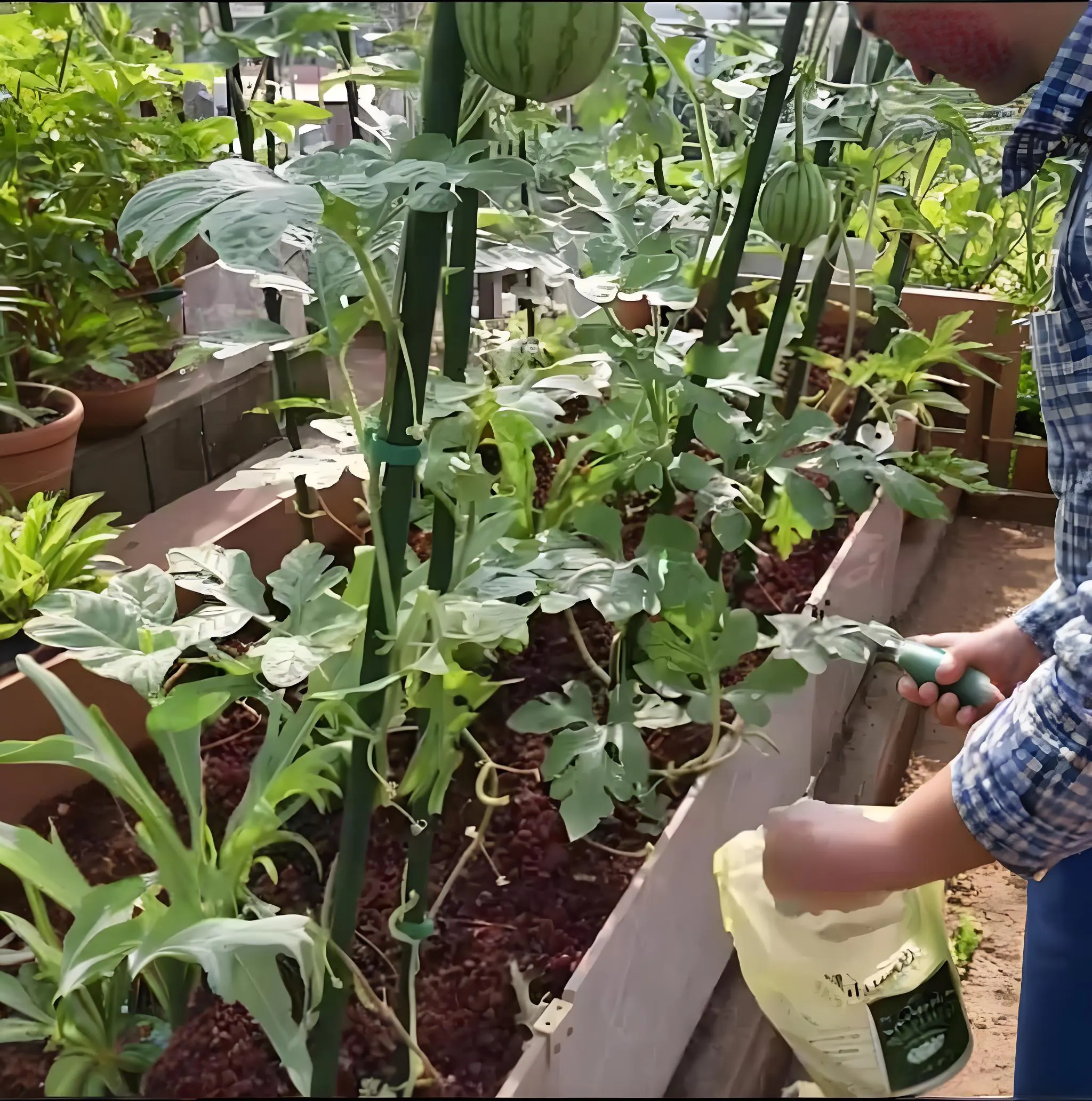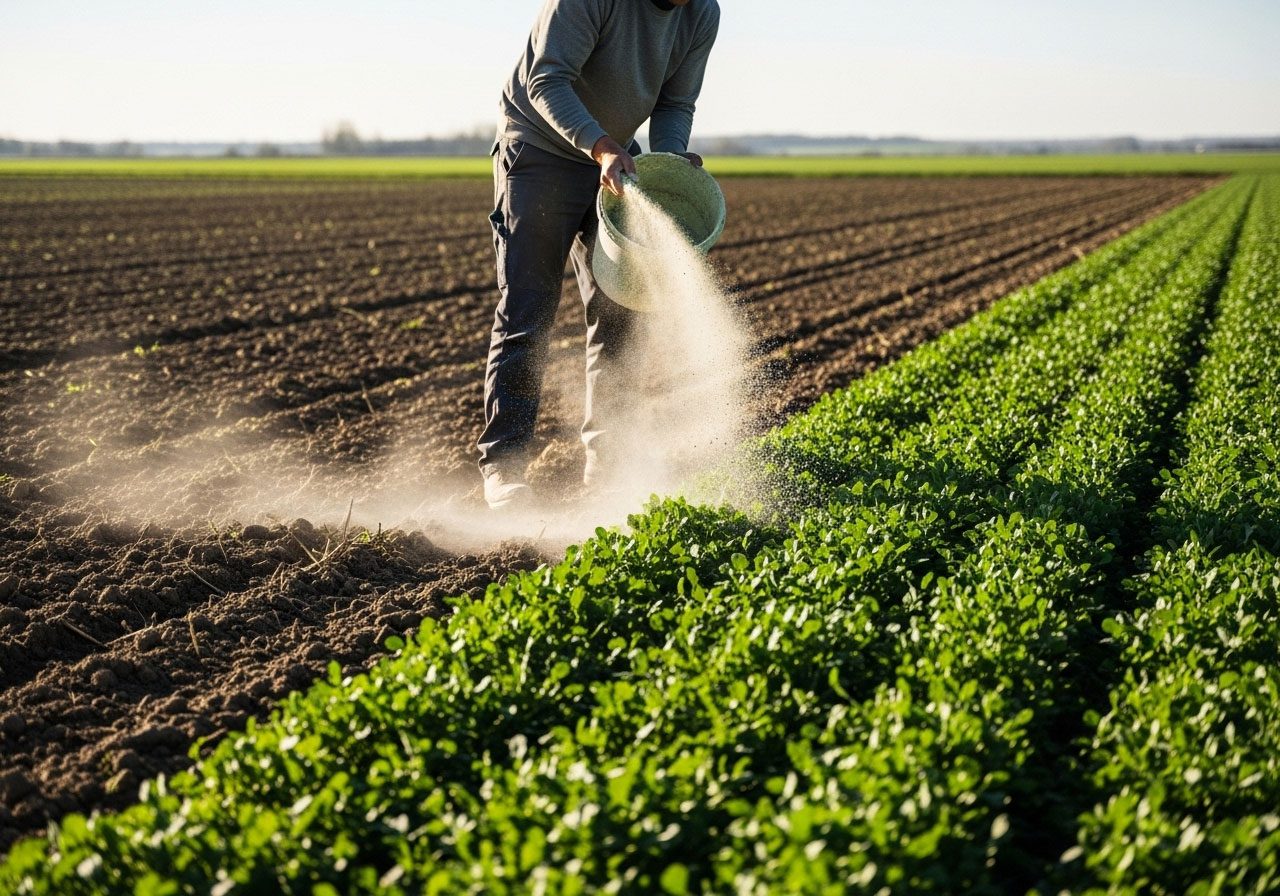table of contents
Bone meal fertilizer is a well-known organic soil amendment because it is rich in phosphorus. I think most of us know the name of bone meal, as well as blood meal. Many people prefer to add bone meal to their plants because it contains nutrients that can help improve growth and enhance the soil. However, there are also some disadvantages to adding bone meal to your garden or vegetable patch. So, we suggest you do the research before you buy it.
This guide will help you to know better about the bone meal fertilizer, what’s beneficial, what the disadvantages are, and how to use it.
What is bone meal fertilizer?

Bone meal fertilizers are often made from animal bones, often from cattle. The bones need to be steamed and ground into powder or granules based on the needs and application for plants or crops. It is a kind of slow-release organic fertilizer, which can supply plants phosphorus, calcium, and a small amount of nitrogen.
How is bone meal made?
Bones need to be steamed to get rid of fat and proteins and then will be ground into a fine powder. Finally, it becomes a product that is full of minerals and easy to use.
Composition of Nutrition
The usual NPK ratio for bone meal is 3-15-0, which means:
- 3% Nitrogen: low nitrogen content
- 15% phosphorus (P₂O₅): helps roots grow strong.
- 0% potassium: there’s no potassium composition in bone meal.
It also has more than 20% calcium, which helps our plants to keep healthy.
Bone Meal Fertilizer Advantages
There are many reasons for us to choose bonemeal as our plants nutrients or soil amendment. The bone meal can not only improve the soil structure but also can improve other aspects, please follow up.
100% Organic Source
As mentioned before, bone meals are mainly made of animal bones, they are natural substances and do not include any chemicals, pesticides, or other harmful additives. That means our plants can live in the organic environment, and the soil is in excellent condition. Bone meal fertilizer can regulate soil structure and improve soil water retention, and promote the growth of beneficial bacteria.
Long-lasting Effects
Bone meal is a kind of slow-release fertilizer. It can break down slowly and keep the soil with nutrients for a long time. You should only apply bone meal once a year, or at a specific time that varies depending on the type of crop or plant. Bone meal will gradually provide nutrients to our plants as it begins to dissolve. At the same time, it will promote the beneficial microbe during its natural decomposition.
Help Roots Grown Stronger
We all know that phosphorus can help plant roots grow. Bone meal has a high level of phosphorus, which helps young plants and crop roots like carrots and onions grow strong.
Help Flowers & Fruits Grow
Some plants really need phosphorus when they are flowering, such as roses, tomatoes, peppers, and perennials. Bone meal is also beneficial for the growth of fruits.
Common Risks of Bone Meal Fertilizer
Although bone meal fertilizer has many benefits for plants, it is still not suitable for every situation and all the plants. Please follow our guide:
Soil pH Sensitivity
According to some research, bone meal works best in soil that is neutral to slightly acidic (pH 6.0-7.0). Only when the soil pH level is below 7.0 can the plants absorb the phosphorus. If your soil pH level is higher than 7.0, then the bone meal will lose its effectiveness. So, please make sure the soil pH level before you use the bone meal.
Draws in Animals
The bone meal has a distinct smell that can attract animals. If you add the bone meal to your garden, its smell will attract pets like dogs and cats. So we should mix the bone meal well with soil and keep it from getting on the surface. However, some dogs may dig up your garden soil in search of their “snacks.”
How to Use Bone Meal the Right Way
We need to apply bone meal at planting time or when the plant is just starting to grow.
How to use
- For vegetables: mix 1 tablespoon into each hole when planting.
- For Flowering Plants: you need 100 to 500 grams per square meter.
- Trees & shrubs: 200-500g per plant depending on its size
When to Apply
Early spring is the best time to apply because it helps roots and shoots grow. The best time to plant bulbs or perennials is in autumn.
Important Tips
Always water well after applying to make the nutrients work and stop runoff.
Bone Meal vs. Organic Fertilizers
| Fertilizer Type | NPK | Main Benefit | Ideal Use |
|---|---|---|---|
| Bone Meal | 3-15-0 | Root & bloom boost | Bulbs, flowers |
| Blood Meal | 12-0-0 | Nitrogen for leaf growth | Leafy vegetables |
| Fish Meal | 5-5-1 | Balanced nutrition | General use |
| Rock Phosphate | 0-30-0 | Long-term phosphorus | Soil amendment |
Conclusion: Bone meal is the best choice if you want long-term support for root and flower growth that focuses on phosphorus.
Is Bone Meal Suitable for You?
Bone meal is great for:
- Farmers who grow organic flowering vegetables and fruit trees
- People who want to grow more flowers in their gardens
- Landscapers want trees and shrubs to have healthy root systems
If your soil pH level is above 7 or you’re growing plants that don’t need a lot of phosphorus, it might not be the best choice.
Where to Buy Organic Bone Meal Fertilizer
Are you looking for bone meal fertilizer that is certified by ECOCERT, CERES, or the USDA as organic?
Rutom Bio makes organic bone meal fertilizer.
Rutom Bio has been making organic fertilizer for more than 10 years and offers:
- Large amounts of bone meal for farming and gardening
- OEM/ODM custom packaging
- Ready to be shipped from China and meets international organic standards
Get in touch with us for quotation, samples, and product details.
Conclusion
Bone meal fertilizer is a strong organic choice for farmers who want to help their plants grow better roots, bloom, and bear fruit. But, it is not good for every plants or soil.
Rutom Bio is ready to help your farm or distribution business grow by providing certified bone meal fertilizer.
FAQs About Bone Meal Fertilizer
Q1: Can bone meal hurt plants?
No, it’s safe to use as directed and doesn’t have a lot of nitrogen.
Q2: How often do I need to use it?
Because it releases slowly, once every four to six months is enough.
Q3: Is bone meal safe for vegans?
No, it comes from animal by-products.
Q4: Is it okay to mix bone meal with compost or manure?
Yes, it goes well with organic compost and makes phosphorus more available.
Q5: Is bone meal good for tomato plants?
Yes, it helps roots grow and flowers bloom, which makes more fruit grow.






